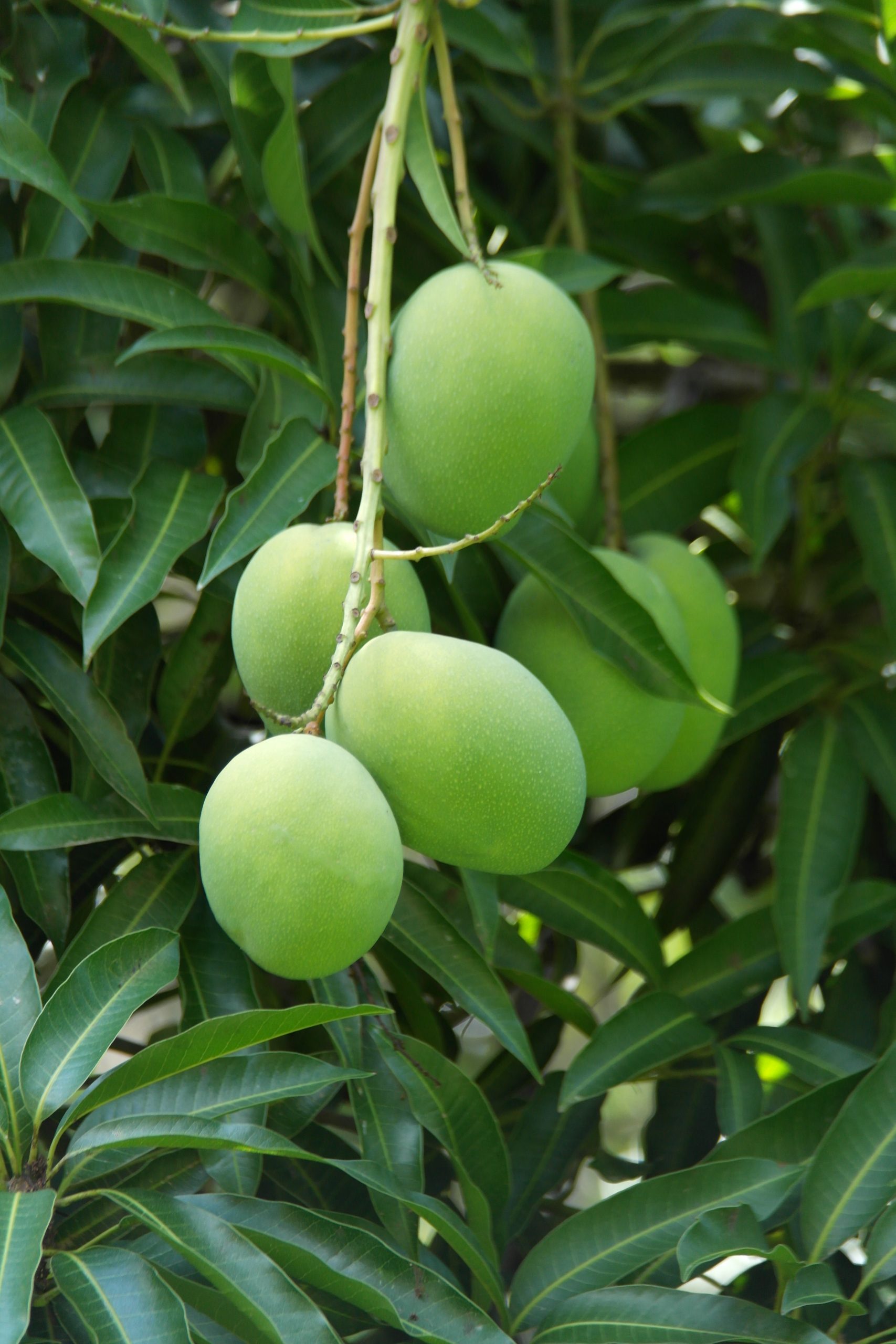
Introduction
In the vast world of health and beauty supplements, Ancient + Brave has emerged as a standout brand. With a plethora of collagen products promising a myriad of benefits, it’s essential to dive deep and understand what sets this brand apart.
The Brand’s Ethos
Ancient + Brave prides itself on:
- Sustainability: Their commitment to the environment is evident in their ethically sourced ingredients, sustainable fishing practices, and eco-friendly packaging.
- Purity: They promise no artificial additives, GMOs, fillers, or refined sugars, ensuring consumers receive a product that’s as close to nature as possible.
- Innovation: Their diverse range of products showcases their innovative approach, blending ancient wisdom with modern science.
Product Range
- True Collagen (Grass-Fed Bovine): A testament to purity and quality, this product is designed for skin rejuvenation, bone strengthening, and overall vitality. It’s a type 1 hydrolysed collagen peptide ethically sourced from grass-fed bovine in the EU. It’s tasteless, odourless, and easily digestible, making it a versatile addition to drinks, smoothies, or food.
- Wild Collagen (Wild Caught Marine): Sourced from the deep waters, this marine collagen is a boon for skin, hair, and nails.
- Vegan Collagyn for Brain: A blend packed with amino acids, nutrients, and botanical extracts to boost cognitive function and mood.
- Cacao + Collagen: A delightful blend that combines the antioxidant properties of cacao with collagen benefits.
- Coffee + Collagen: A morning ritual that rejuvenates with coffee and collagen.
User Reviews: Voices from the Community
Ancient + Brave’s collagen products have garnered attention from various users, each with their unique experiences and perspectives. Here’s a compilation of both the positive feedback and criticisms from the community:
- Amazon.co.uk:
- True Collagen 200g: Adel C mentioned, “It’s been a game-changer in my anti-ageing routine.” However, Sarah noted, “I didn’t notice any significant changes after using it for a month.”
- Bovine Collagen Powder 200g: SASSY emphasized its value, noting 40 servings per container.
- Wild Collagen 200g: Eszter found it to be of great quality, but Anna highlighted a concern, stating, “Really bad joint pain after taking this.”
- Cacao + Collagen: James wrote, “The taste wasn’t for me. It had a slightly off flavor.”
- BBC Good Food: They praised Ancient and Brave products, especially the Vegan Naked Collagyn and Cacao and Collagen.
- Ancient + Brave Official Site: Jo Woodhurst, a nutritionist, labeled it a “firm favourite.” However, Lisa mentioned, “I wanted to love this product, but it upset my stomach every time I took it.”
- Evolution Organics: A reviewer mentioned the neutral taste of Ancient+Brave’s Collagyn range.
- Planet Organic: While many reviews consistently mention the high absorbability of Ancient + Brave True Collagen, Mark commented, “It’s pricier than other brands I’ve tried.”
- Selfridges: Some users highlighted the pure, grass-fed bovine collagen’s benefits, but a few mentioned packaging concerns, with one stating, “The seal broke after a few uses.”
- Facebook: Users on Ancient + Brave’s official page have shared their positive experiences, with one user exclaiming, “I am bloody delighted!” However, Helen shared, “I had an allergic reaction after using the Vegan Collagyn.”
- LinkedIn: Amanda, sharing her experience, stated, “I absolutely love my Ancient and Brave True Collagen.”
- Forums & Blogs: On various health forums and blogs, some users mentioned the lack of immediate results, with a comment reading, “Been using it for two weeks now, and I haven’t seen any of the promised benefits.”
These reviews, while largely positive, also highlight the importance of individual experiences. What works wonders for one might not have the same effect on another. As always, it’s essential to approach any supplement with an open mind and in consultation with a healthcare professional.
Expert Opinions
While user reviews provide firsthand experiences, expert opinions can offer a more analytical perspective. Some nutritionists and health experts have endorsed Ancient + Brave’s products, emphasizing their benefits for skin health, cognitive function, and overall well-being.
FAQ Section
- What is Ancient + Brave known for? Ancient + Brave is renowned for its commitment to sustainability, purity, and innovation. They offer a diverse range of collagen products that blend ancient wisdom with modern science.
- Where is Ancient + Brave’s collagen sourced from? Their True Collagen is ethically sourced from grass-fed bovine in the EU, while their Wild Collagen is derived from marine sources in deep waters.
- How does Ancient + Brave’s collagen differ from other brands? Ancient + Brave emphasizes the purity and quality of their products, ensuring no artificial additives, GMOs, fillers, or refined sugars. Their collagen is also tasteless and odourless, making it versatile for various uses.
- Can vegans use Ancient + Brave products? Yes, Ancient + Brave offers a Vegan Collagyn range, specifically designed to cater to the needs of vegans. It’s packed with amino acids, nutrients, and botanical extracts.
- How should I consume Ancient + Brave’s collagen products? Their collagen products can be easily added to drinks, smoothies, or food due to their neutral taste and easy dissolution properties.
- Are there any side effects associated with Ancient + Brave’s collagen? While many users have positive experiences, some have reported digestive issues or allergic reactions. It’s always recommended to consult with a healthcare professional before starting any new supplement.
- How often should I take Ancient + Brave’s collagen for best results? For optimal benefits, it’s advised to follow the recommended dosage on the product packaging or consult with a nutritionist or healthcare provider.
- Is Ancient + Brave’s packaging eco-friendly? Yes, Ancient + Brave is committed to sustainability, which extends to their packaging. They prioritize eco-friendly packaging options to minimize their environmental impact.
In Conclusion
Ancient + Brave stands out in the crowded collagen market with its commitment to quality, innovation, and sustainability. The brand has garnered positive feedback from both users and experts, making it a top choice for those seeking collagen supplements. However, as with any supplement, individual experiences can vary, and it’s always recommended to consult a healthcare professional before starting any new regimen.
Blog Tags: Ancient + Brave, collagen supplements, grass-fed bovine collagen, marine collagen, vegan collagyn, sustainable products, health and beauty, skin rejuvenation, bone strengthening, eco-friendly packaging, natural supplements, collagen benefits, product reviews.













